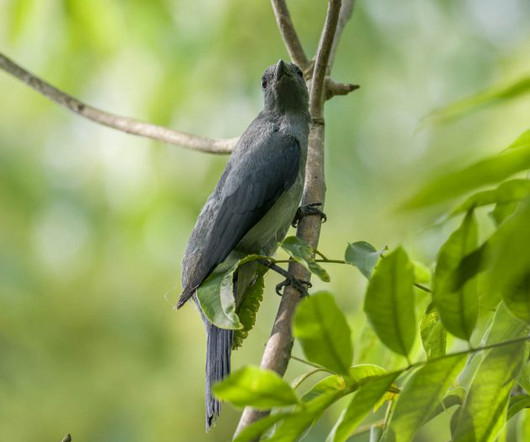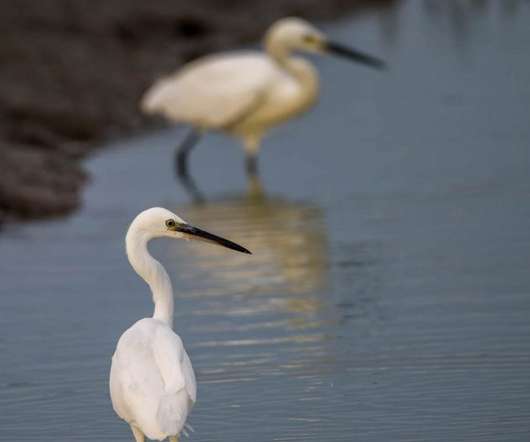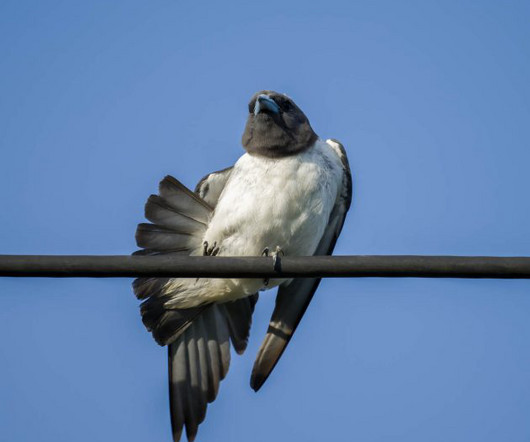Birding Shanghai in June 2023
10,000 Birds
JULY 6, 2023
In the slightly frighteningly named journal “Science of The Total Environment”, there is a paper on organochlorine compounds in Purple Heron eggs nesting in sites located around a chloralkali plant (Ebro River). More work, less fun, all because humans introduced some stupid fish into kingfisher habitat.












Let's personalize your content